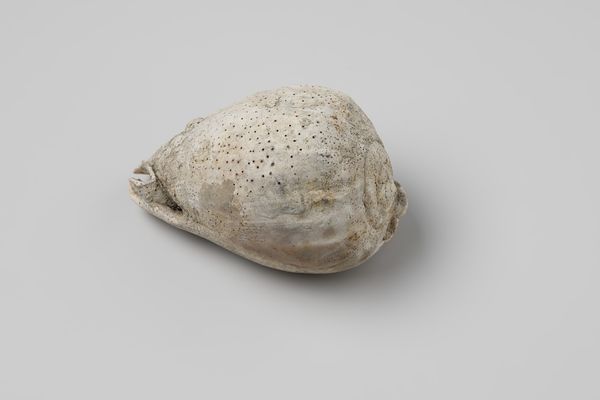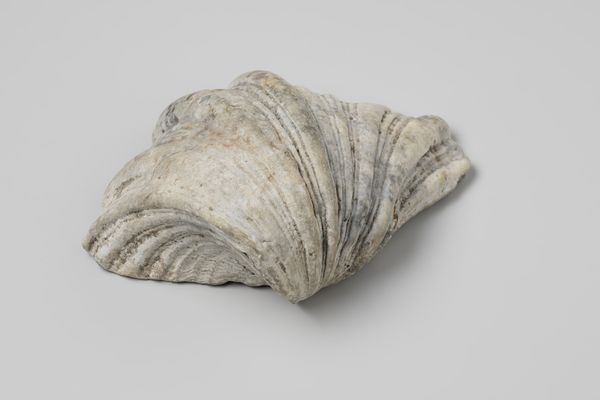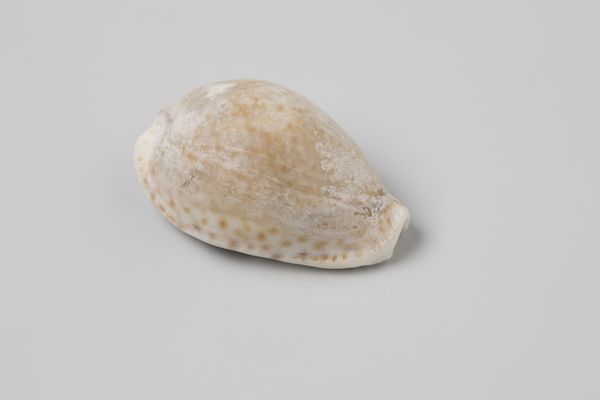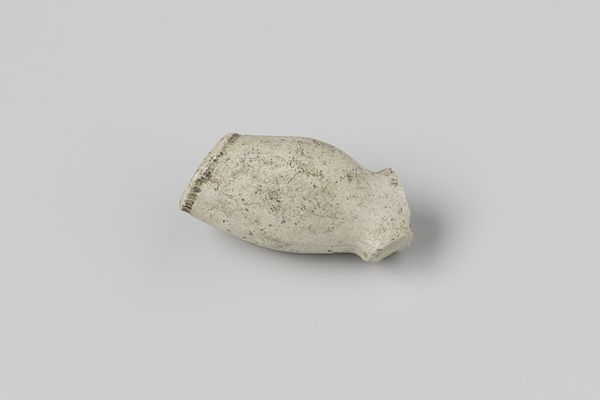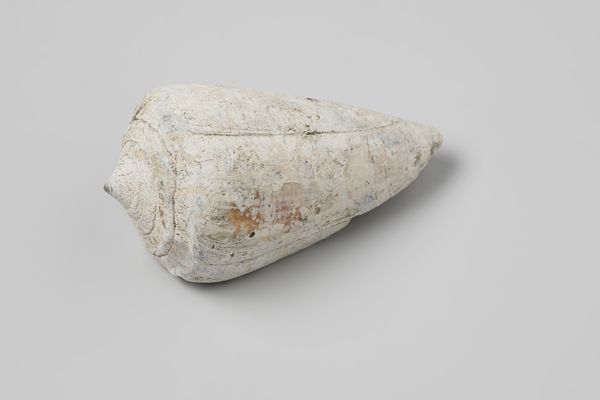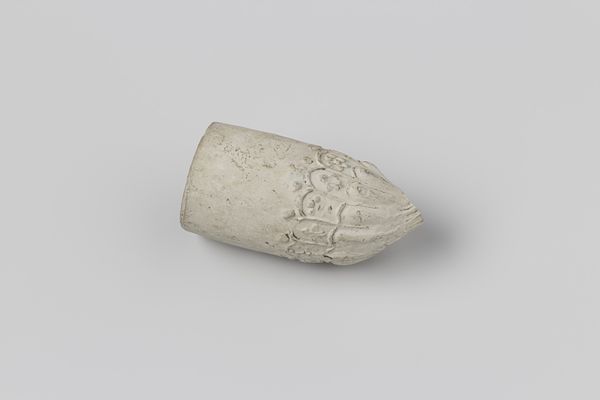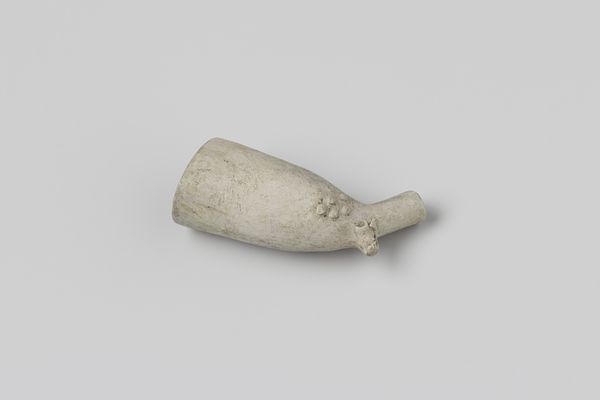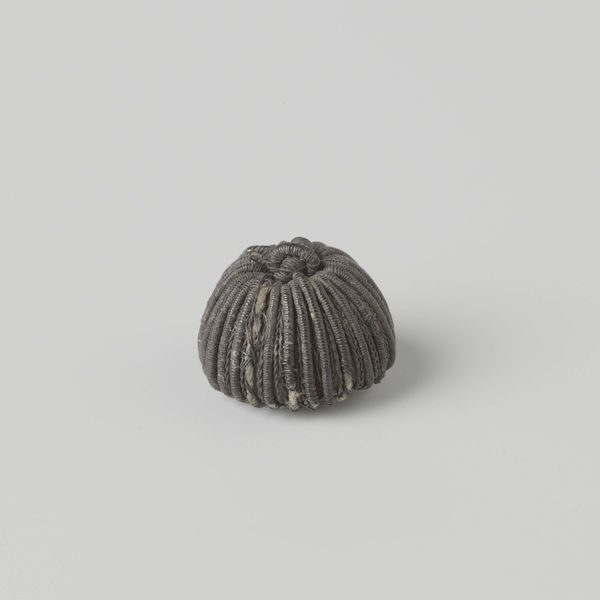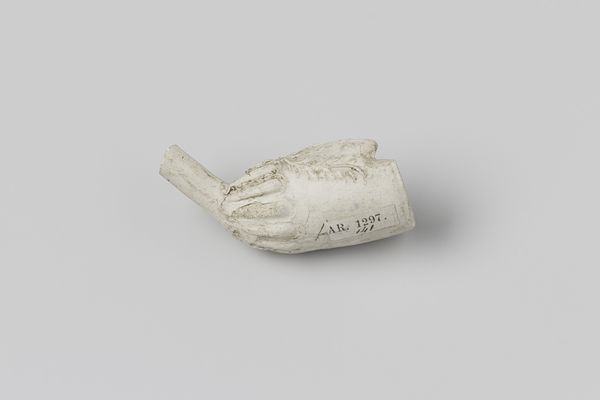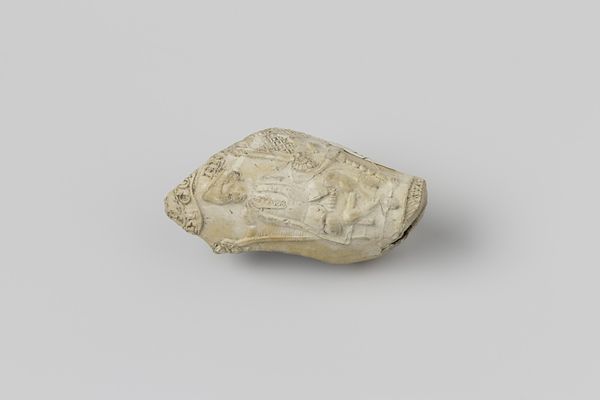
Cypraecassis testiculus shell from the wreck of the Dutch East India ship Witte Leeuw before 1613
0:00
0:00
found-object, photography
#
studio photography
#
product photograph merchandise
#
product studio photography
#
product shot
#
still-life-photography
#
dutch-golden-age
#
3d printed part
#
product fashion photography
#
found-object
#
photography
#
product design photgrpaphy
#
product mock up
#
graphic design product photography
#
product photography
Dimensions: length 9.2 cm, width 5.1 cm, height 5.2 cm
Copyright: Rijks Museum: Open Domain
Editor: Here we have a Cypraecassis testiculus shell, dating back to before 1613, recovered from the wreck of the Dutch East India ship Witte Leeuw. It is now housed in the Rijksmuseum. The shell’s surface has a delicate, porous texture that I find unexpectedly captivating. What strikes you most about it? Curator: The shell is, of course, a striking example of material culture, particularly when considered in relation to its role in the Dutch East India Company's trade network. A seemingly humble object reveals a complex web of extraction, labor, and exchange. The shell was extracted by someone, it then traveled across vast distances powered by other human labor. We are seeing only the final 'immobile' thing. Editor: So you see it less as an isolated object and more as evidence of a globalized system? Curator: Precisely. Consider the Witte Leeuw itself: built with specific resources, crewed by specific individuals, sunk in a particular geographic location. Every fragment recovered is tied to this economic and social context. The shell becomes more than a pretty object. Instead, it turns into material testimony of exploitation. How are these processes different in the modern world and in what ways might we be continuing similar cycles today? Editor: That’s a pretty sobering thought. Thinking about the material journey rather than just the object's intrinsic beauty. Curator: Yes, by questioning the materials, the who, how and where of the work, can we begin to understand power dynamics in culture and hopefully challenge them. We need to dismantle any perception that historical looting practices by wealthy countries somehow justify having sole rights to possession in contemporary times. Editor: I will certainly look at historical artifacts in museums from now on from a radically different perspective, particularly questioning its origin, its value, and its place. Curator: Exactly, objects often only make sense when understood from all perspectives.
Comments
No comments
Be the first to comment and join the conversation on the ultimate creative platform.
